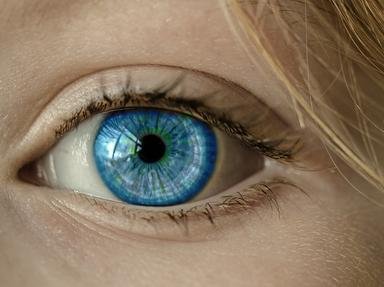Quiz Answer Key and Fun Facts
1. The first eyeglasses were manufactured at the end of the 13th century in which country?
2. Early style glasses were manufactured by joining two magnifying glasses together with what?
3. By the 15th century the use of eyeglasses had spread as far as which large country?
4. Which early American polymath invented bifocals?
5. In 1825, British astronomer George Airy designed lenses to correct which visual problem?
6. From the 1840s to 1900, glasses worn without ear pieces were very popular. Can you name them from the pictured clue?
7. Other glasses that were popularly worn in the lead-up to the 20th century were lorgnettes and which other style?
8. One relatively recent design to eyeglasses, in an attempt to correct vision, is known as what?
9. Who designed adjustable corrective lenses in 2008?
10. The use of metals in the 21st century has greatly improved glasses frames. Can you name one of these from the clue provided?
Source: Author
Creedy
This quiz was reviewed by FunTrivia editor
WesleyCrusher before going online.
Any errors found in FunTrivia content are routinely corrected through our feedback system.


